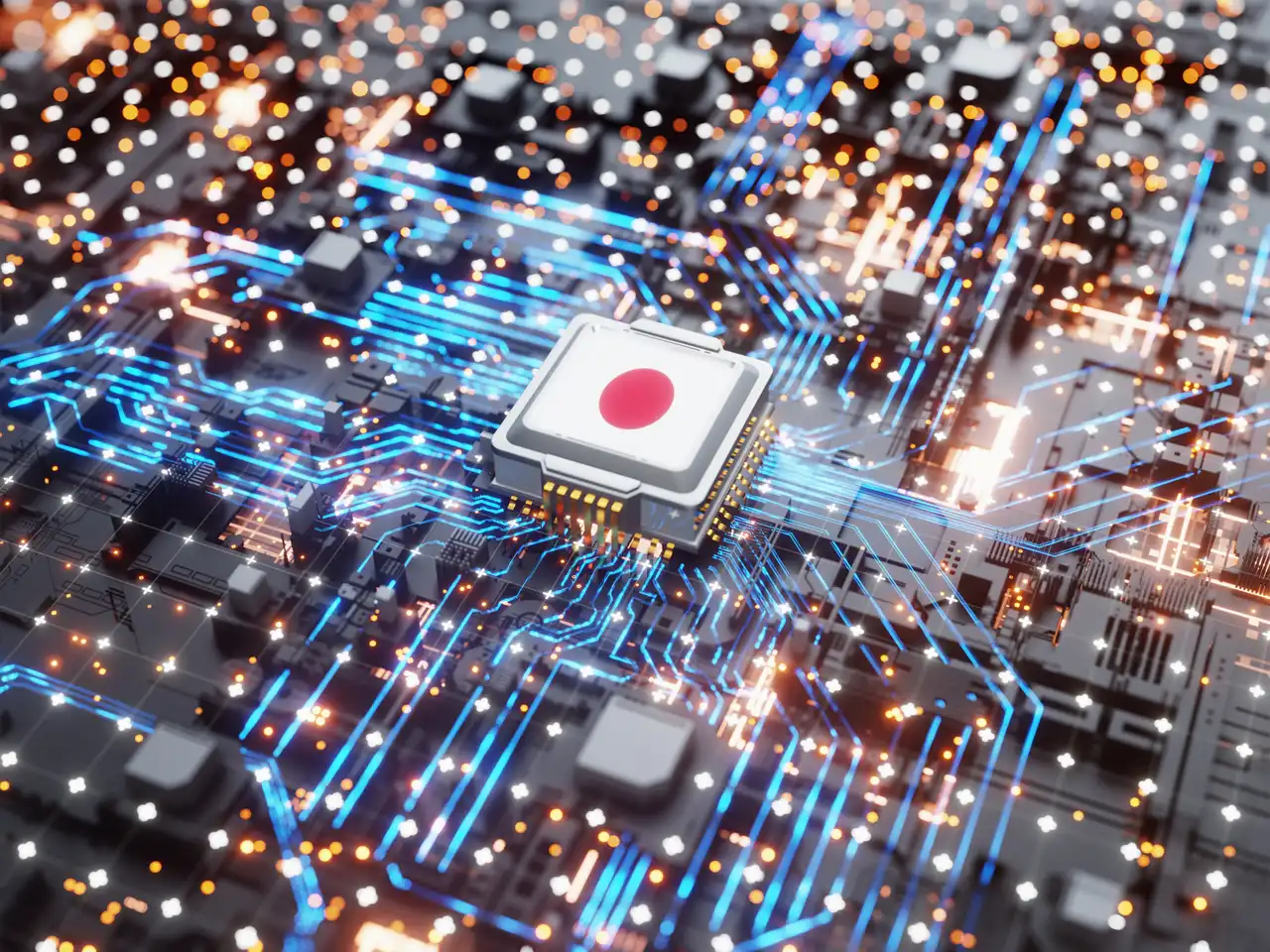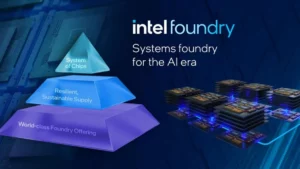Introduction
The semiconductor industry is in the midst of a transformative era, driven by the insatiable demand for advanced technologies in artificial intelligence (AI) and high-performance computing (HPC). Amid this boom, a new player is emerging with ambitious plans to disrupt the market. Rapidus, a Japanese foundry startup, is set to launch its operations in 2027 with a revolutionary approach that combines cutting-edge chip manufacturing with integrated packaging services.
Massive Investment: Rapidus is building a $32 billion facility that will manufacture cutting-edge computer chips.
Leading-Edge Tech: The fab will focus on 2nm chip production, putting them at the forefront of chip technology.
Integrated Packaging: Uniquely, Rapidus will provide both chip manufacturing and packaging services at the same location. In the chip industry, packaging is often a separate step done elsewhere.
Follow us on Linkedin for everything around Semiconductors & AI
Background
Big companies like TSMC, Samsung, and Intel Foundry control most of the global foundry market, competing to make chips for different uses.
These companies offer a range of fabrication processes, but the market’s focus is shifting toward the most advanced nodes, where the competition is fiercest.
Rapidus, backed by the Japanese government and several major Japanese companies, aims to join this elite group with its state-of-the-art fab.
Read More: How Many Lines of Codes are There in Top Apps: Whatsapp, Tik Tok and MacOS – techovedas
Rapidus Ventures into Chip Packaging
In a recent update, Rapidus announced its plan to enter the chip packaging sector, a strategic move that sets it apart from its competitors.
The company’s ¥5 trillion ($32 billion) fab will uniquely combine chip production and packaging within the same facility.
Read More: $445 Million in Damages: Jury Slaps Micron in Patent Trial Against Netlist – techovedas
Competing with Industry Leaders
Rapidus intends to serve the same clientele as established players like TSMC, Samsung, and Intel Foundry.
However, it plans to differentiate itself through a focus on speed and efficiency in chip production.
Henri Richard, General Manager and President of Rapidus’s U.S. subsidiary, highlighted the leadership of Atsuyoshi Koike, who blends Japanese precision with American agility.
Richard emphasized that Rapidus is set to be highly flexible and quick to respond to market demands.
Read More: AMD to Announce Next-Gen Products on June 3: What to Expect? – techovedas
Focus on Leading-Edge Technologies
One of the key differentiators for Rapidus is its exclusive focus on leading-edge manufacturing technologies. Initially, the company will offer 2nm process technology in 2027 (Phase 1), with plans to advance to 1.4nm in the future (Phase 2).
Unlike other contract fabs that provide a broad range of fabrication processes, Rapidus is betting on the demand for cutting-edge nodes from top-tier chip developers.
This strategy targets large firms seeking first-mover advantages and willing to invest in advanced technology.
Market Potential and Outlook
Despite the niche market for the most advanced nodes, Rapidus is optimistic about its prospects. Additionally,the market for chips made on advanced nodes is growing rapidly.
Richard noted that industry estimates for the 2nm and below market could soon be revised upwards to $150 billion, reflecting significant growth and high demand.
He expressed confidence that Rapidus could secure a foothold in this expanding market, particularly as the industry seeks alternatives to the dominant TSMC.
Read more 8 Open-Source Initiatives to Design & Fabricate Your Chip – techovedas
Strategic Technological Choices
Rapidus has made deliberate choices regarding its technological approach. The company will utilize ASML’s Low-NA scanners for its 2nm production, avoiding the more costly High-NA Twinscan EXE lithography scanners.
While this choice involves EUV double patterning, which can extend production cycles, it could be more economically viable overall.
For future nodes, such as the 1.4nm process, Rapidus may reconsider its lithography tools. Currently, only Intel plans to employ High-NA tools for its 14A (1.4nm-class) process, while TSMC and Samsung are proceeding more cautiously.
Integrated Manufacturing and Packaging
A notable innovation from Rapidus is its plan to integrate chip manufacturing and packaging within the same facility.
High-end chip designers require advanced packaging technologies, such as those for HBM integration.
By offering these services in-house, Rapidus aims to streamline the production process, reduce risks associated with transporting wafers, and significantly cut down cycle times.
Additionally, Richard emphasized that this fully integrated approach, which combines front-end and back-end operations, sets Rapidus apart.
While competitors like Intel, Samsung, and TSMC have separate facilities for these processes, Rapidus’s unified model could offer substantial efficiency gains.
Conclusion
Rapidus’s entry into the foundry market brings a fresh and innovative approach to chip manufacturing and packaging. With its focus on leading-edge technologies, integrated operations, and unique leadership, Rapidus is poised to carve out a niche in the competitive landscape. As the demand for advanced nodes continues to grow, Rapidus’s ambitious plans and strategic choices could see it emerge as a significant player in the industry.









